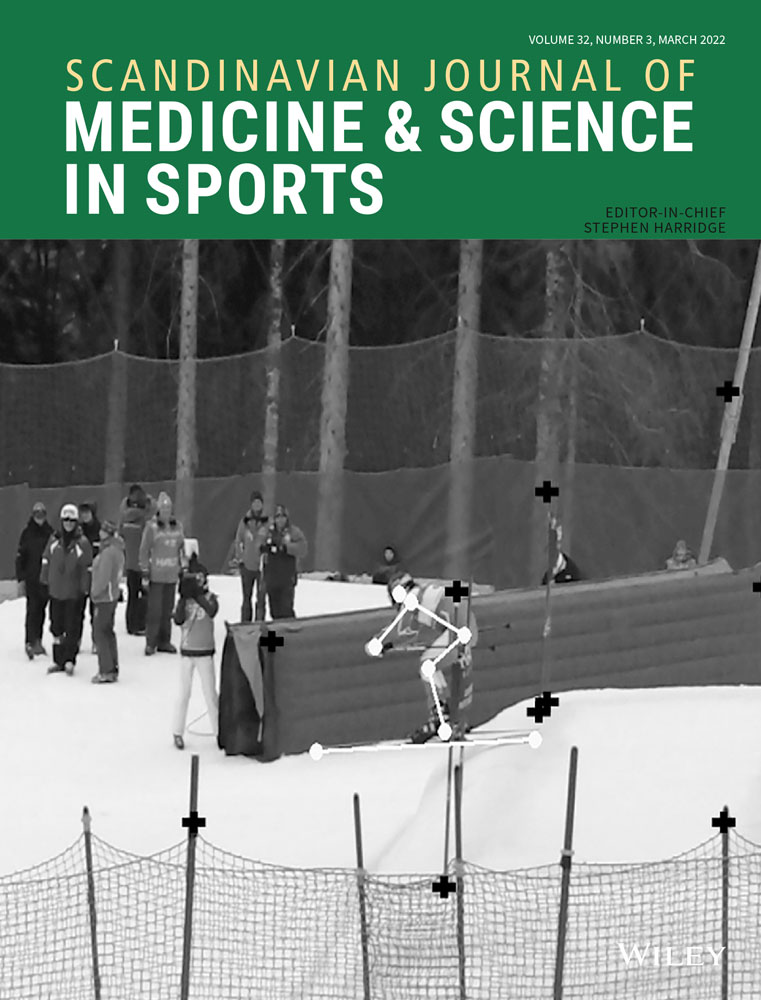Effect of concurrent strength and endurance training on run performance and biomechanics: A randomized controlled trial
Funding information
This research did not receive any external funding support
Abstract
This parallel-group randomized controlled trial investigated the effect of concurrent strength and endurance (CSE) training on running performance, biomechanics, and muscle activity during overground running. Thirty moderately trained distance runners were randomly assigned to 10-week CSE training (n = 15; 33.1 ± 7.5 years) or a control group (n = 15; 34.2 ± 8.2 years). Participants ran ≥30 km per week and had no experience with strength training. The primary outcome measure was 2-km run time. Secondary outcome measures included lower limb sagittal plane biomechanics and muscle activity during running (3.89 m s−1 and maximal sprinting); maximal aerobic capacity (V̇O2max); running economy; and body composition. CSE training improved 2-km run time (mean difference (MD): −11.3 s [95% CI −3.7, −19.0]; p = 0.006) and time to exhaustion during the V̇O2max running test (MD 59.1 s [95% CI 8.58, 109.62]; p = 0.024). The CSE training group also reduced total body fat (MD: −1.05 kg [95% CI −0.21, −1.88]; p = 0.016) while total body mass and lean body mass were unchanged. Hip joint angular velocity during the early swing phase of running at 3.89 m s−1 was the only biomechanical or muscle activity variable that significantly changed following CSE training. CSE training is beneficial for running performance, but changes in running biomechanics and muscle activity may not be contributing factors to the performance improvement. Future research should consider other possible mechanisms and the effect of CSE training on biomechanics and muscle activity during prolonged running under fatigued conditions.
CONFLICT OF INTEREST
None to declare.
Open Research
DATA AVAILABILITY STATEMENT
The data that support the findings of this study are available from the corresponding author upon reasonable request.




